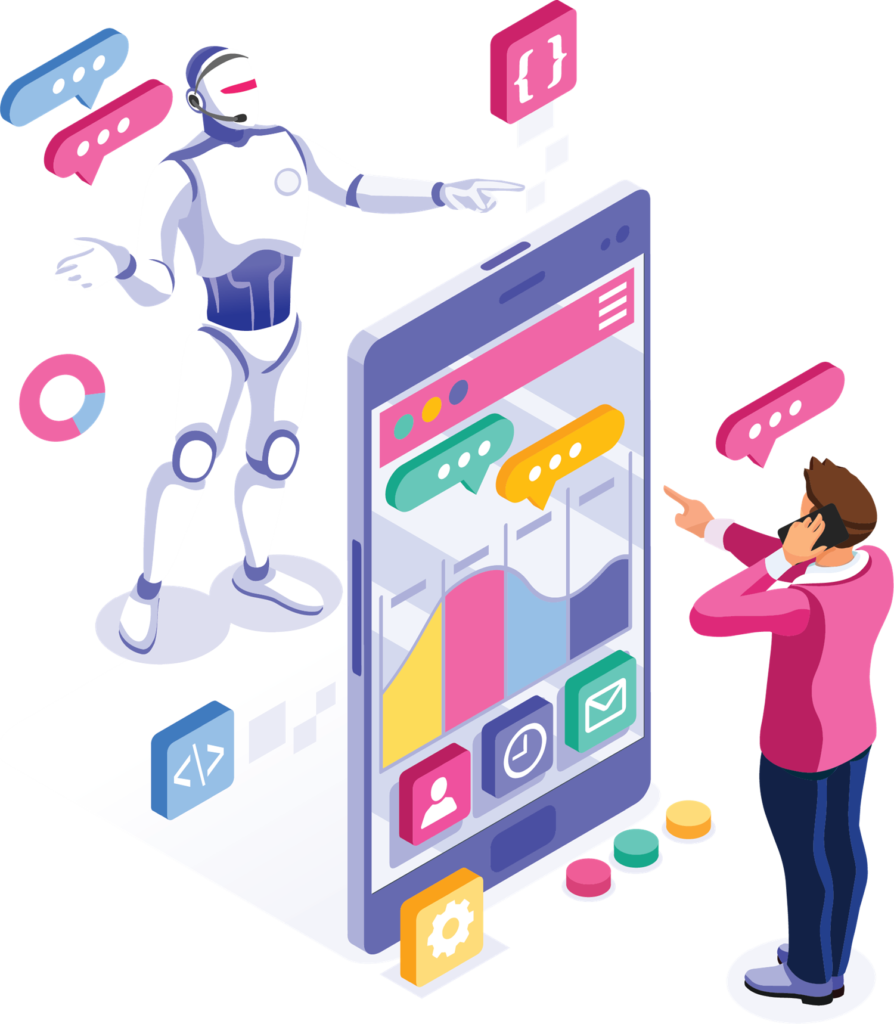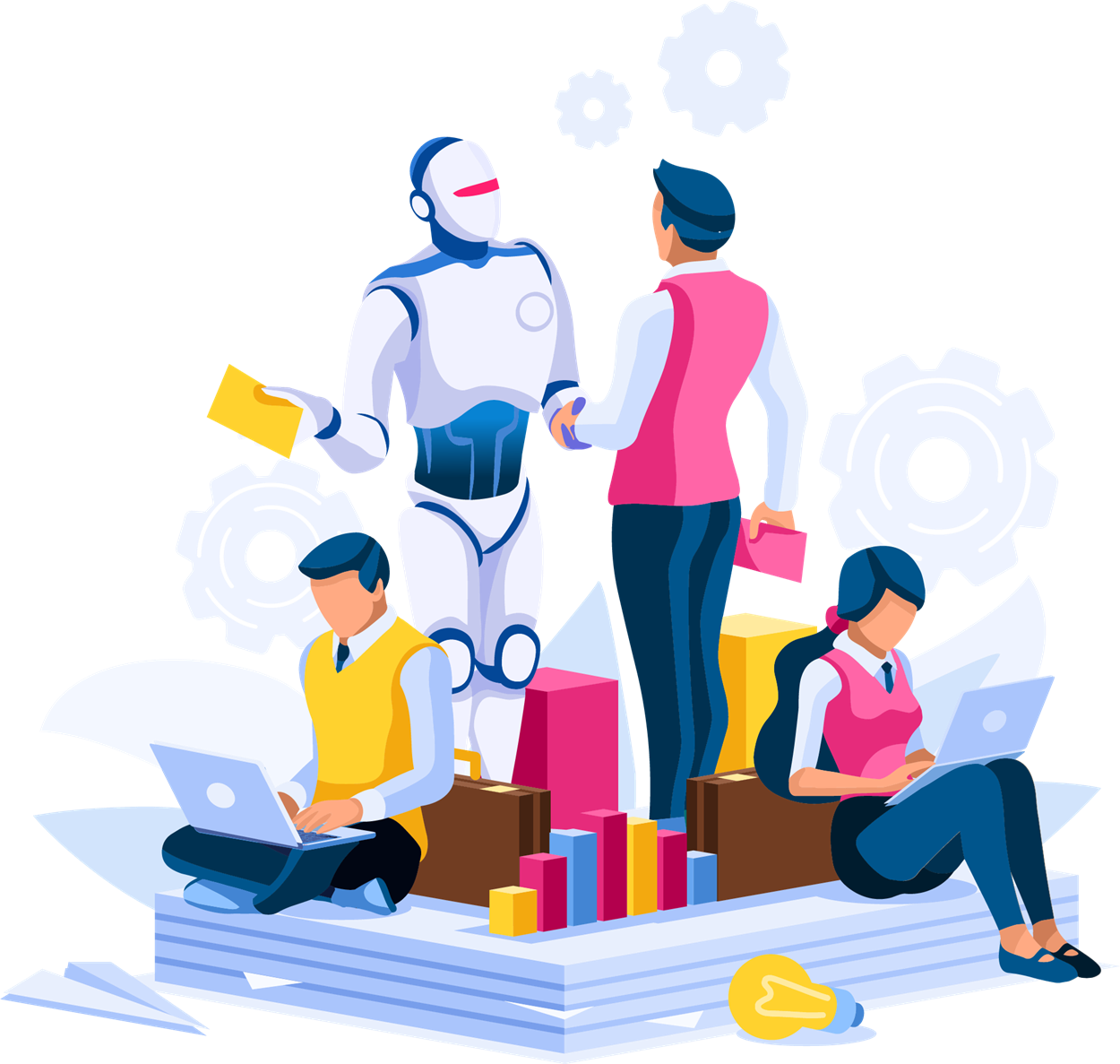
As we have discussed in our previous articles, machine translation (MT) has become a tool for companies in today’s globalized economy, allowing them to reach a broader audience and increase revenue. The latest developments have led to what we now call neural machine translation (NMT) and Large Language Models (LLMs), which have transformed the way we translate and process natural language, offering improved accuracy, efficiency, and versatility.
However, as with any technology, NMT and LLMs come with their own advantages and disadvantages. Understanding them is crucial to help you make informed decisions about which technology to use for your company. This article will delve into some of the pros and cons of NMT and LLMs to help you sort out their specific applications and possibilities.
Neural Machine Translation (NMT)
Pros:
As we discussed before, not long after its breakthrough, NMT surpassed traditional SMT methods in terms of accuracy and considerably fewer lexical and grammar mistakes. Most major MT providers adopted NMT as their go-to solution within two years of its appearance thanks to these advantages:
- Improved translation quality: NMT models can capture long-range dependencies and context, since instead of translating isolated words, they take full sentences into account, producing more fluent and accurate translations. By using deep learning techniques, NMT models can better understand the nuances of language, including grammar, syntax, and semantics, resulting in higher-quality translations (Kenny, 2022.)
- Adaptability: NMT models can be fine-tuned for specific domains or language pairs, improving translation quality. This adaptability allows NMT models to be customized to specific use cases, such as legal or technology. This allows companies to save time and costs when they have optimized engines with their own content and glossaries.
- Parallelization: NMT (transformer) models can process multiple words or sentences simultaneously, making them more efficient than traditional SMT methods. This parallelization allows NMT models to handle larger volumes of data, resulting in faster translation times and improved productivity.
Cons:
Despite the numerous advantages of NMT, there are also drawbacks to it and things you should consider when using these systems. Here are some of them (source: Kenny, 2022.):
- Computational requirements: NMT models usually require significant computational resources, which can be a barrier for smaller organizations or individuals. This can lead to higher costs and limited accessibility for some users.
- Limited understanding of language: NMT models do not truly understand language but rather learn patterns, which can lead to inaccuracies or mistranslations, especially in complex or ambiguous contexts. This limitation makes NMT difficult to broaden new markets such as marketing or social media.
- Lack of contextual understanding: NMT models may struggle with understanding the broader context of a conversation or text, leading to inconsistencies in translations. Although the increase of “attention windows” in transformer models has somehow tackled this issue, there is still room for improvement in terms of capturing information at the text level.
LLMs
Pros:
LLMs have emerged as a powerful tool in natural language processing, offering a range of benefits across various industries and applications. Nobody wants to be left behind, and the LLM fever has reached the translation industry, bringing with it integrations to CAT (Computer-Assisted Translation) tools and translation pipelines. Here are some of the key advantages of LLMs (source: Medium.com):
- Versatility: LLMs can be used for a wide range of NLP tasks, including translation, summarization, and content creation. This versatility makes LLMs an asset for businesses and individuals looking to automate various language-related tasks.
- Contextual understanding: LLMs have been trained with vast amounts of data designed to incorporate context and reference information. This makes them better suited for tasks that require a deeper understanding of language, which enables LLMs to provide more accurate and “natural” responses. Hence, its popularity with a wide variety of fields and audiences.
- Instruction-based learning: LLMs can follow instructions from natural language descriptions, allowing for more flexible and adaptable applications. This capability allows LLMs to be customized for specific use cases, further enhancing their versatility and effectiveness.
Cons:
Despite their advanced capabilities, LLMs also have some limitations and challenges you should consider when using GenAI, for instance, for diverse applications.
- Data privacy and security: LLMs can process and generate sensitive information, which can be exploited for malicious purposes, such as phishing or creating convincing spam messages. It might not sound like such a grave thing except for the fact that this blurs the line between what’s human or machine-produced, and for example, lead some to believe false information and fall into scams. Sharing confidential data with LLMs can also pose risks if not properly managed, as it can make private information available and reusable for the public. Remember that LLMs are trained with great amounts of data, and it’s also fed with the input we give them and everything else available on the web.
- Lack of factual accuracy: LLMs can produce incorrect results (hallucinations) and relying too much on AI-generated content can bring several issues depending on the industry. The concern is not only the spread of misinformation but also the creation of hazardous content, i.e., wrong medical advice. To see more information about AI’s hallucinations, for instance, check this article on Medium.com.
- Regulatory challenges: There are still ethical concerns regarding intellectual property rights and how AI is to be regulated. Much is to be said in this regard, and it’s up to lawmakers and stakeholders to discuss the limitations of this technology and how to guarantee its safe use.
As we discuss in this overview, both technologies have their strengths and weaknesses. While NMT still holds the advantage in translation tasks due mainly to its customization capabilities, LLMs offer a broader range of applications and more contextual understanding. However, no technology is perfect, and there are limitations for both NMT and LLMs, such as computational requirements, lack of factual accuracy, and privacy concerns.
When choosing a translation solution for your company, consider these factors to use a technology that adapts to your company’s needs and goals.
For more information about MT evolution and different systems, check our article: MT Evolution: from Rule-based Systems to Large Language Models.

